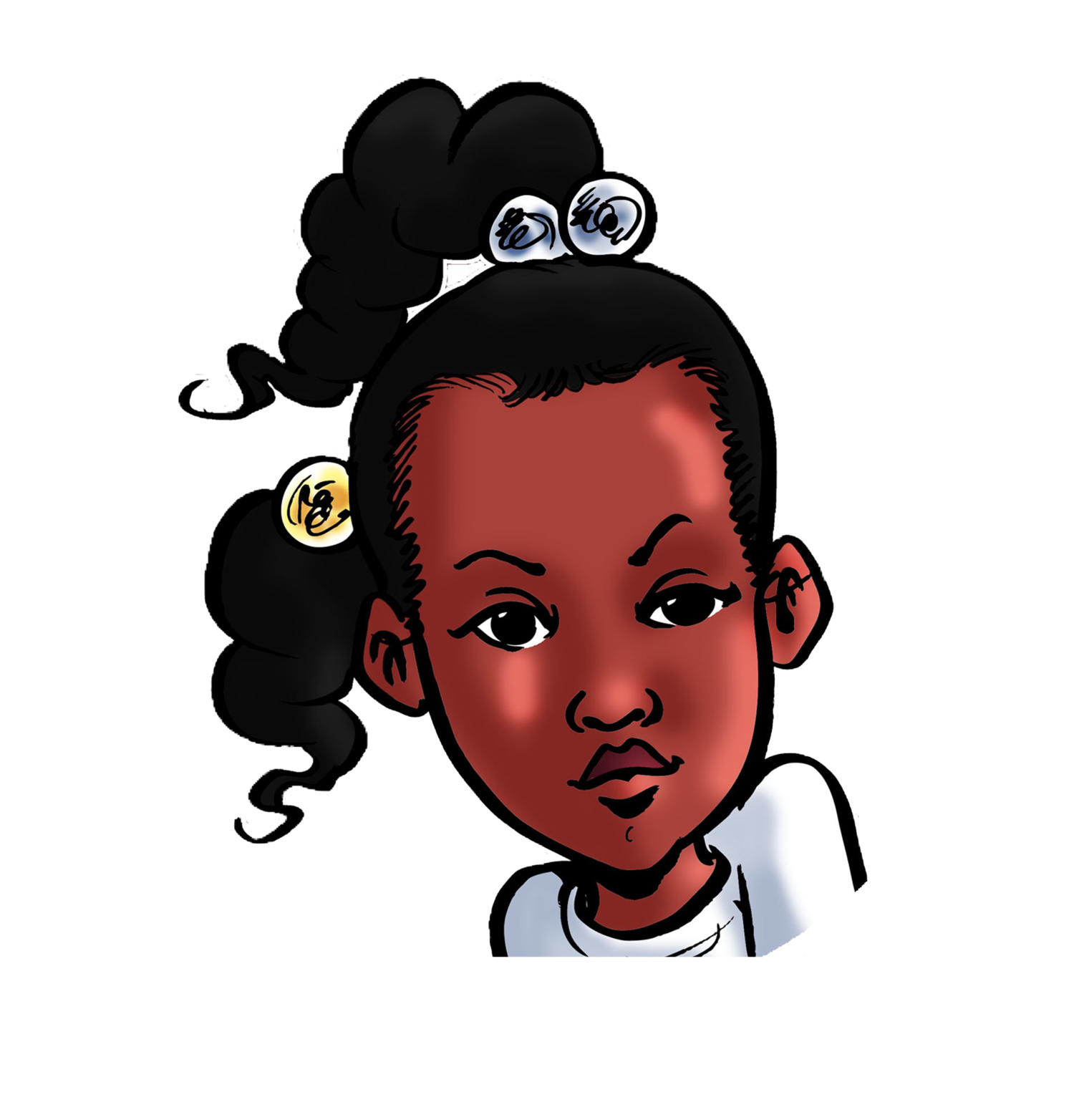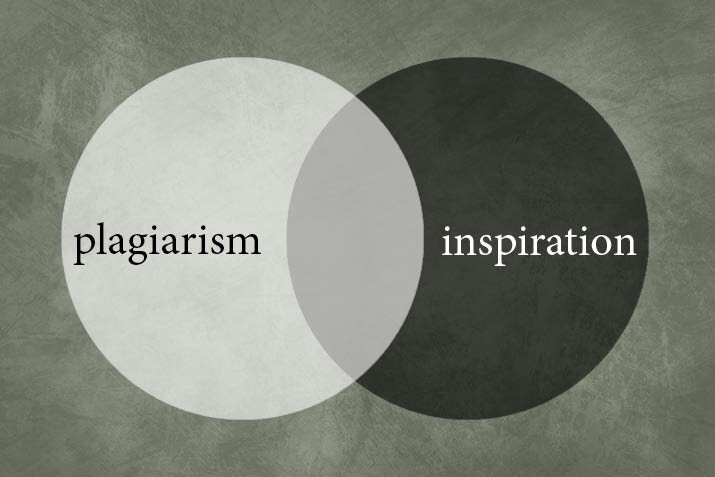Crochet Gatekeeping
What exactly is Crochet Gatekeeping?
NOTE: THIS POST IS WRITTEN FOR AN AMERICAN AUDIENCE. WE ENCOURAGE YOU TO DO YOUR OWN RESEARCH TO DETERMINE HOW APPLICABLE IT IS TO YOUR GEOGRAPHICAL LOCATION
There are quite a few issues to discuss in the crochet community, but this issue in particular is something that occurs a few times a year. It’s an issue that should be in regular crochet conversation, as a constant reminder for seasoned crocheters, but also as education (and comfort) for crochet beginners: Crochet Gatekeeping.
Crochet Gatekeeping (CG) is when one artist accuses another artist of stealing and/or replicating their product, without accurate proof or clear evidence. I recently saw an artist with over 19k followers on IG accuse a Youtuber of stealing her “design” and replicating it online… for free… in a video tutorial. Follow me. A few things caught my attention: the constant mention of the Youtuber’s number of followers (over 100k), the flock of other crochet artists with arguably the same amount of followers, or in estimation pouring out their “support” and “sympathy”, and the constant side-by-side of comparison photos.
What are some of the harmful impacts of Crochet Gatekeeping?
Before I explain the difference between someone being inspired by another artist’s work versus “plagiarizing it”, I want to explain the effects of Crochet Gatekeeping:
CG prevents crochet beginners and intermediate artists from honoring their ideas, in other words, bringing them to life. After initially hesitating to address this issue (because I am still intermediate myself), many artists reached out to me saying thank you and explaining how they have so many ideas that they are scared to execute because they fear accusations of cheating. This is not how the game goes! I will explain why further below.
CG leads to something I’ve also noticed, Crochet Elitism. Artists are idolizing other seasoned artists and making it seem as if their ideas/designs are untouchable, when in reality, if another artist sees their work, they have every right to let their brain flow and think about how they could recreate the work for themselves or their customers, while also adding their own touch. At the end of the day, the two products will NEVER look alike. Our own stitch quality is much like our DNA. Your handmade work is your footprint in this industry! People love mentioning how it reduces the work of the original artist when competitors create like items for their audience all the time!
Finally, CG bullies and diminishes the accused. In the age of social media, slandering has a double-sided effect. While the swarm of “followers” may decide to unfollow an accused artist, how hilariously ironic is it that the accuser simultaneously gifts them free marketing! Literally, the artist never “stole” your followers in the first place, but you just vented on your platform and now new artists follow them. In the words of DJ Khaled, “You played yourself.”
What’s the Difference?
…& what about intentional vs. unintentional copying?
So now that we’ve established the effects of CG, let’s look at the difference between inspiration and stealing, as well as unintentional vs. intentional copying.
After learning the basics of crochet, we all have the capability of creating and recreating the same thing. Some of us read patterns, some of us design, some of us freehand, & some do all of the above! I, for instance, know how to read patterns, & I am learning to design. There are many artists I would say just “have it”. ALL of the above are okay!
None of us own* our designs, but people do own their patterns. That is why, as a designer, one has the right to make certain “rules” for their pattern. Before I purchase a pattern, I try to learn the designer’s rules. Sometimes they are posted in the item description of Etsy or Ravelry, or in the highlights of artists’ Instagram posts. Even if I don’t like or fully understand those rules, I follow them or I don’t buy (or bash) at all. For example, if I see a pattern for sale or use, but the artist states that it can only be sold as a ready-to-ship item, but not custom, I will not purchase. It isn’t conducive to the way I would like to efficiently run my business. This doesn’t mean I give up! It just means I need to consider other options: finding another artist with different rules or finding a free video tutorial online (my least favorite because I prefer to read, but still a very good option). So, if an artist decides to search for another option for a similar look, are they not supposed to see other designs for the same product?
Once a person purchases a pattern credit can be given, but cannot be forced. Giving credit is a choice.
If a hooker had to adjust a poorly written pattern to their actual size, they have now redesigned that pattern. If a hooker looked at something you created, and said, “I can make that too.” That is their design, not yours. Does a person “copying” your pattern really drive sales away from you? No. One person can only make so much in a day. Are we aiming to be crochet corporations? Is it possible to do so and still pay people for what they are worth. Absolutely not. Also, there are people who will go without before they purchase from you. That’s not a jab either...it’s just a fact.
Before accusing another artist of stealing, try asking yourself these questions: Can I prove this person is buying my pattern, recreating my work, and selling the pattern as their own? Are they EXACTLY alike, using the same stitches as my pattern & can I prove when they created the piece or that they got the information from my intellectual property? Are they running a business pretending to be me? Are they driving people from my page to theirs by commenting under my followers’ pages or DMing them? Are they buying my creations and reselling them, saying they created it? If the answer is no to these, they are not copying you! They have created their own designs on their own platforms.
Understand that anyone can make a sweater, blouse, camisole, skirt, etc. because these designs have long been established. Understand that anyone can use any stitch because these stitches have been long established. Think about how many times a customer shows a photo asking an artist to recreate a look. If a pattern is given, that’s one thing, but actually attempting to recreate a picture takes the same amount of time and/or processing it may take to create it in the first place. How is this any different than how we have manipulated the pineapple motif in so many various and similar designs for hundreds of years? It also reminds me of how artists were hindered during the Harlem Renaissance to produce paintings because of the question of how much of the artists’ inspiration was natural and how much was inspired by mainstream American art.
Accusing artists of CG, especially when they are of color, further perpetuates the gap between the number of white artists versus artists of color. One follower mentioned how the Youtuber (a person of color) may have been providing access to a community of artists who do not have access to shops or patterns, especially in their native language. This is why the term “gatekeeping” is such an appropriate term for this issue. Artists are bashing in fear that the artist is “taking away from them” when in reality, they are addressing communities that probably wouldn’t be served otherwise.
We can not say we want to support each other in the community and then out, bash, and cyberbully the next artist for creating something just as beautiful and unique as our own pieces. I have never seen any two crochet artists crochet alike. When I look at a piece, I instantly know who it was created by because we have our own way of crocheting.




